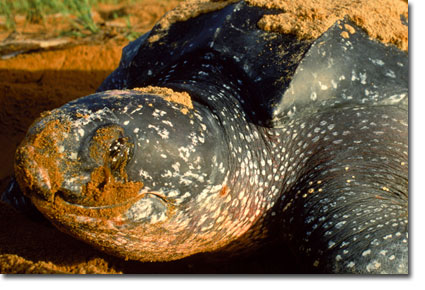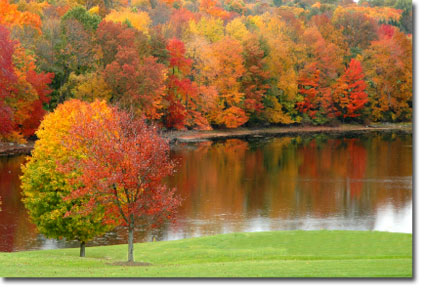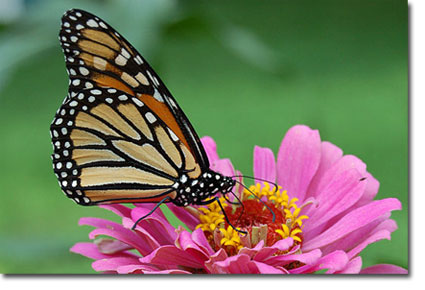
Endangered by Global Warming : Canadian Lynx
- Scientific Name: Lynx canadensis
- Range: Canada and Northern U.S.
- Status:” Threatened” under ESA
- Global warming impacts: Warm spells affect duration and texture of the snowpack, which changes hunting dynamics between the lynx and showshoe hare.
- Implications: The lynx-hare relationship is key to sustaining plant communities of boreal (northern) forest ecosystems.
The U.S. Fish and Wildlife Service originally listed the Canada lynx as threatened primarily because of habitat loss and overtrapping.
The lynx and its main prey, the snowshoe hare, are adapted to deep snow cover. Lynx hunting success (and therefore prey availability) has a great deal to do with snow conditions. The hare is the primary herbivore of the boreal forest. Too many or too few hares will have a profound impact on vegetation structure and composition, which in turn may jeopardize food and shelter needs for countless forest birds and other animal species
Take action and spread the word at the Environmental Defense Fund website:




